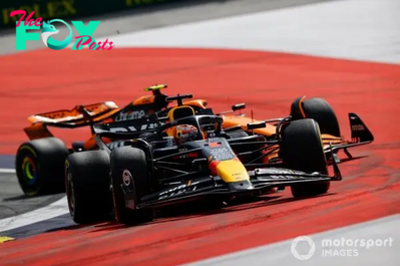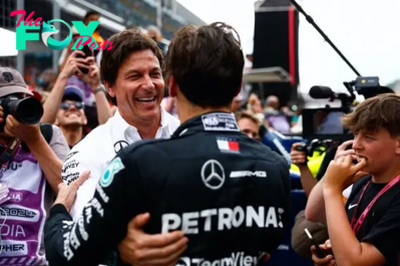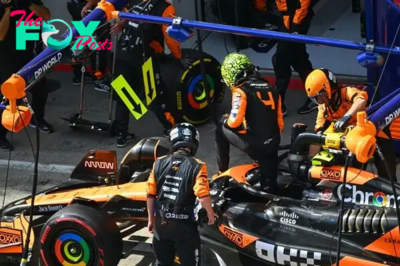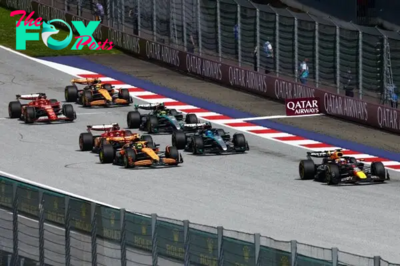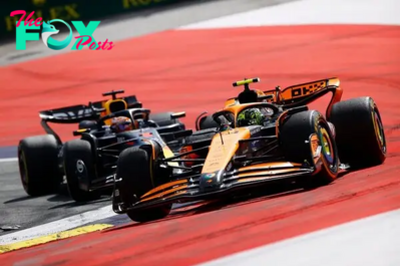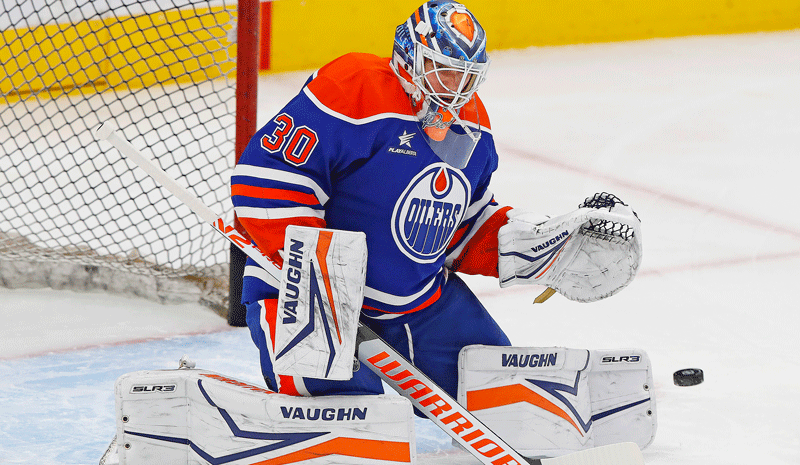F1 News
Has Red Bull run out of room to improve its Formula 1 car?
Max Verstappen may have won Formula 1's Spanish Grand Prix, but the fact that McLaren is now breathing down Red Bull's neck does not make him comfortable.
The early-season dominance, where Verstappen seemed able to canter to easy wins, is now a distant memory as rivals have clearly closed in thanks to in-season upgrades. Recent wins have also perhaps been down more to his brilliant driving than any car advantage.
It is a situation that the world champion is not especially happy with because he thinks if Red Bull does not pull its finger out and bring more development to the RB20, then it could find itself falling back into the pack.
Speaking in Spain, he said: "McLaren has obviously been very strong for some weeks already. It is not that I am suddenly worried about that now, but I have been saying for weeks that we need to bring more performance to our car and everyone in the team knows that as well.
"But so far it looks like everyone around us is bringing more updates than we do. Of course, we have to work on that, that we find more performance for our own car as well."
Asked if Red Bull was standing still, Verstappen said: "No, we are improving the car of course, but maybe not enough compared to the rest at the moment."
Red Bull has certainly shown itself more than capable of making steps with its dominant cars over recent years, but it has appeared to have become less bold as time has worn on.
Indeed, rather than it now bringing major new parts, the trend seems to be for optimisation of what it has already got – as was shown in Spain last weekend.
In Barcelona, its changes revolved around tweaks to the sidepod's inlet geometry to help with cooling behaviour and the aerodynamic benefits that bring – with the designers working on optimising the shape of the undercut and beltline thereafter.
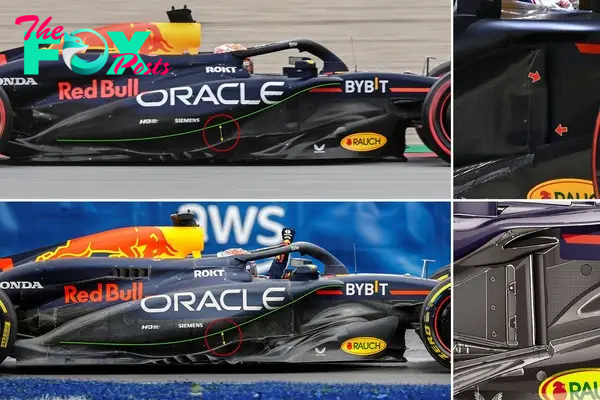
In terms of the inlet, rather than being a straight up, straight down profile, it's now pinched-in at the centre (red arrows), altering not only how the airflow enters the inlet but also how it spills around the leading edge towards the sidepod's undercut.
To leverage the change in geometry here, the sidepod's bodywork was also modified quite extensively, with the undercut and beltline pulled up (yellow arrow, circled), which increases the distance between the sidepod's underbelly and the floor, requiring the team to make changes to how the floor and sidepod bodywork interface with one another too.
There was also been work undertaken at the rear of the car, as the team brought a new beam wing arrangement that required alterations to be made to the lower portion of the endplate.
While these relatively low-key changes will have brought lap time gain at a time when one tenth of a second can make a big difference, equally they point to a focus on incremental steps rather than the chase of a Eureka upgrade that can change the game.

Red Bull Racing RB20 technical detail
Photo by: Giorgio Piola
Red Bull's chief engineer Paul Monaghan admitted in Spain that there was a sense that progress had hit a ceiling – as he used a word that engineers love.
"At the moment, we're asymptoting with this one," he said.
That term is of course reference that as the distance between two curves approach, the angle they get closer tapers off a lot. In F1 terms, it means that improvements that teams make to hit the theoretical peak of car performance will diminish to almost nothing near the maximum.
As Monaghan added: "The rules are restrictive. The budget cap is a bit restrictive. I can moan about that for eternity, and I'll bore us all senseless. But we potentially are asymptoting a bit on these regulations."
Monaghan also suggested the situation was especially delicate now because Red Bull, like other teams, would need to decide quite quickly whether to keep throwing resources at its RB20 or start diverting efforts onto next year's car.
"We've got to decide as a team how much we carve up for 2025, and then get ourselves ready for '26, so people way cleverer than I will find things to improve with this car," he said.
"So it's a case of, can we actually execute them? Can we put them on the '24 car, into '25 and still be able to get a '26 car done? So that's our Business, our choice, our trade. And there are nine other people in the pit lane having the same dileMMA."
For Red Bull team boss Christian Horner, the situation right now is one he does not think is unusual – and is instead an example of what happens when the rules remain stable and top teams get themselves in to diminishing returns.
"If you ignore 2023, we are in an amazing year," he said. "It is just 2023 was a unicorn and this is normal. This is Formula 1.
"It's normal that there's great teams, there's great drivers, and there's going to be comPetition. And the benefit of stable regulations is it always converge.
"I remember when I first came into Formula 1, Ron Dennis [former McLaren team principal] said if you want close racing, he argued in a Formula 1 commission meeting, leave it alone, just leave it alone, and everything converges.
"That's what we're seeing at the moment. Everything's converging. And then we're going to smash it all up for 2026!"
Additional reporting by Ronald Vording and Matt Somerfield

-
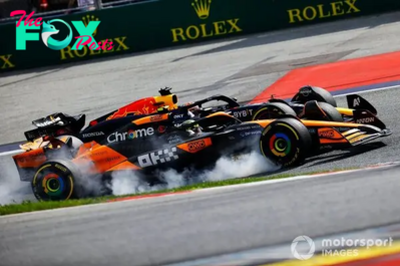
 F1 News4m ago
F1 News4m agoStella: Verstappen/Norris Austrian GP clash caused by unpunished 2021 F1 moves
-
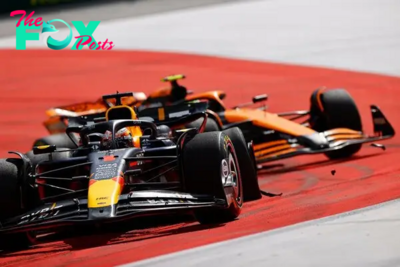
 F1 News4m ago
F1 News4m agoVerstappen denies aggression, moving under braking in Norris Austria crash
-

 F1 News4m ago
F1 News4m agoF1 Austrian GP: Russell inherits victory as Verstappen and Norris collide
-
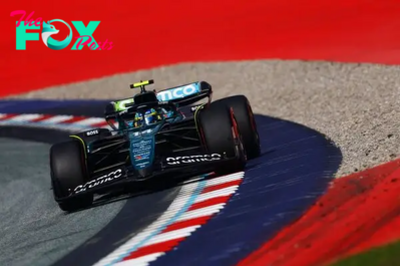
 F1 News4m ago
F1 News4m agoF1 drivers back Austria GP track limits experiment
-
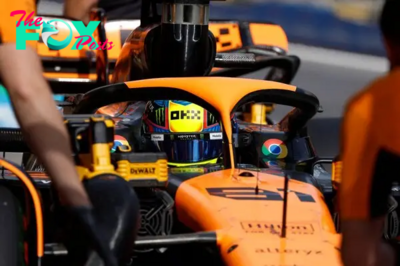
 F1 News4m ago
F1 News4m agoMcLaren's Piastri protest into F1 track limits rejected as “inadmissible”
-
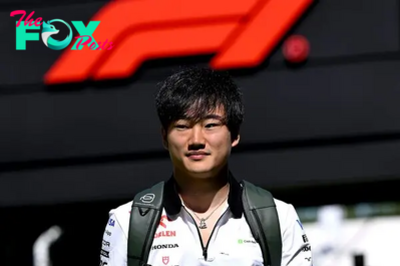
 F1 News4m ago
F1 News4m ago‘Horrified’ Tsunoda fined for using slur in F1 Austria qualifying
-
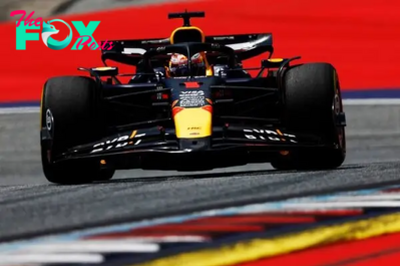
 F1 News4m ago
F1 News4m agoF1 Austrian GP qualifying results: Max Verstappen takes pole
-

 F1 News4m ago
F1 News4m agoVerstappen escapes punishment for Austrian GP outlap slow driving
